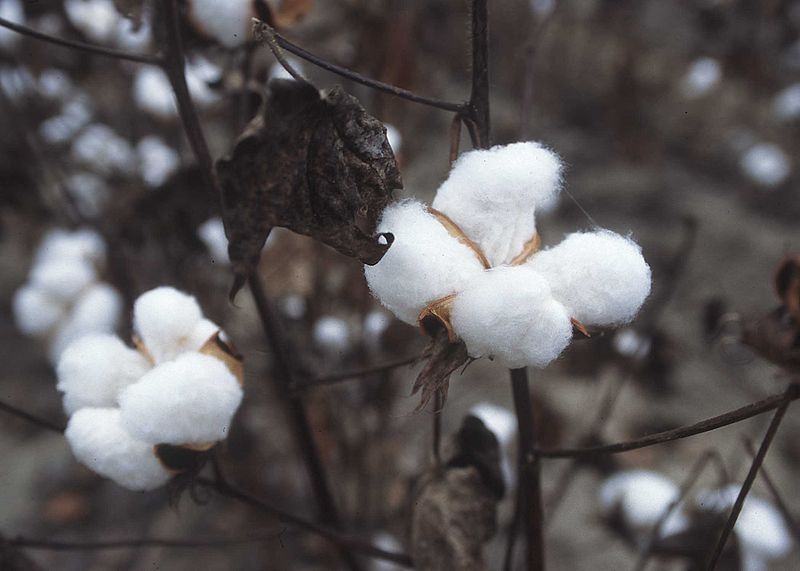Washington, US (BBN)-World consumption growth of cotton will likely be limited in 2015 to 16 as international cotton prices remain higher than competing manmade fibers.
World cotton consumption is forecast to grow by 2 per cent and reach 25 million tons, which remains below the volume consumed just before the global economic recession, said a statement of Washington-based International Cotton Advisory Committee.
High domestic cotton prices and low polyester prices in China, the world’s largest consumer of cotton, have made its cotton spinning sector less competitive.
The Cotlook, an index and the price of polyester in China were essentially equal during most of the 2000s, with cotton sometimes the cheaper of the two.
Domestic prices of cotton continued to fall in August 2015, averaging 95 cents/lb and narrowing the gap with international cotton prices.
However, polyester prices have also fallen during the same period, maintaining the spread between cotton and polyester.
In addition to China, India and Pakistan are the largest consumers of cotton and these three countries alone account for 64 per cent of world cotton consumption.
Consumption in India and Pakistan is anticipated to increase by 3 per cent, to 5.6 million tons and 2.6 million tons respectively, the statement which was released on September 1 added.
The lack of competitive pricing for cotton, coupled with turmoil in its stock markets, has curtailed growth in China’s cotton spinning sector.
Consumption is projected to reach around 7.7 million tons, far below the peak of ten million tons in the mid-2000s.
In recent years, mill use has shifted to lower cost countries, primarily in Asia, as cotton spinning has become less competitive in China.
The price series diverged in 2009/10, and cotton prices have remained substantially above those of polyester since then.
During the build-up of official reserves, domestic cotton prices, as measured by the China Cotton Index, were around 144 cents/lb, but quickly fell when the government announced it would no longer buy cotton for its stockpile.
To feed the textile mills, Bangladesh does need cotton, and an alternative to imports is neccessary, as it would save a lead-time of 20-30 days.
Bangladesh currently imports around four million bales of cotton annually from the USA, India, Pakistan, Australia, Uzbekistan and other CIS countries.
It has been reported that Uzbekistan meets more than 33 per cent of Bangladesh’s current annual demand.
However, not all imports from Uzbekistan are direct, and as a result of import through third country sources, the prices are high.
Providing free warehousing facilities for Uzbek cotton is likely to render the price cheaper, besides cutting the lead-time.
BBN/AI/ANS

No Subscription? You Are Missing Out!
Join the business leaders of Bangladesh who rely on BBN's original reporting and in-depth analysis on business scenario of the country. We send only one daily email. No Spam Guaranteed!








